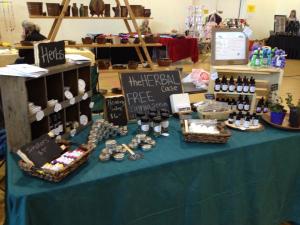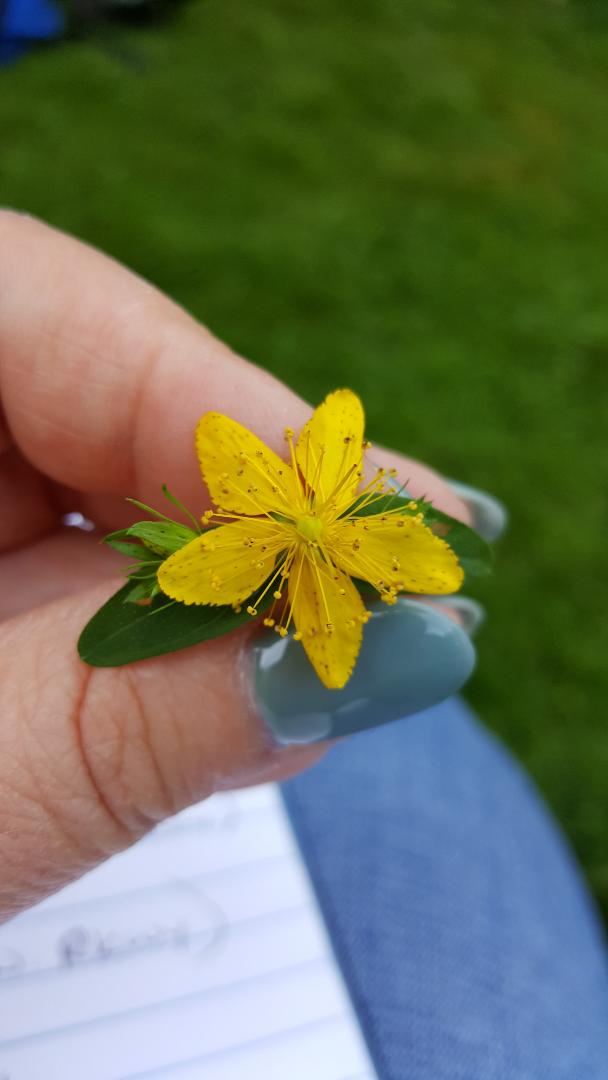So this past March, I had my first booth at a craft show. All I could think about beforehand was “Is this going to work?”.
But why wouldn’t it?
I had plenty of product and a good variety of items. I had set up my table about two weeks prior in my living room to see how it would look and kept making adjustments up to the day of the craft show.
I would have a few sale items and also a freebie if a customer spent a certain amount.
And I would have two of my daughters helping out! Lucky me!
Well, the day of the craft show arrived and I was so nervous. What if people didn’t care for what I had? What if I forgot something? All the negative thoughts kept creeping into my head.
My only goal coming out of the craft show was to just sell enough product to pay for the booth.
So on with the show!
It started out good. I had my table set up on time and it looked great! Traffic was slow to pick at first. As people walked by, I remembered to keep smiling and making eye contact.
Pretty soon people were stopping, checking things out and asking questions. And then came my first sale! I was so happy!
Sales kept coming in at a slow steady pace. As soon as I had my booth paid for, I was stoked! I wasn’t sure it would happen.
The rest of the day went well. At the end we packed up and left happy campers.
As I start planning for my next show, I reflect back to that craft show in March and what I learned.
1. Have small goals in mind
Have goals in place that are achievable. That way, when you achieve them, it helps to make the experience for enjoyable. Being it was my first time, my only goal was to make enough profit to pay for the booth. For my next show, I want to have maybe 2-3 goals. What those are, I’m not quite sure yet.
2. Take notes
Write down everything! From the time you start planning your booth to the time you’ve put everything way. This will come in so handy when you have a booth again. I took some notes, but definitely not enough. I thought I would remember, but that method failed. I did keep track of customers’ comments, suggestions, what they were looking for, etc. This will help me get a better perspective on my clientele at shows, which can vary greatly from my customers on Etsy.
3. Plan ahead
Unless you are an expert, plan ahead and start a couple months out from the show. I wrote down everything I could think of – signing, brochures, inventory, cash, space, etc.. I also set my table up ahead of time to get a visual. Did I have to much or not enough product? I didn’t want my display to look cramped. By setting up your table early, it gives you a rough estimate on how long it will take you to set up the day of the show.
4. Don’t stereotype your customers!
Any person walking by your booth could be a potential customer. I had a broad range of customers. And it was fun and exciting to chat with all of them. By listening to them I got to understand why they stopped and what they were looking for.
5. Keep smiling
Make eye contact with passersby and smile. Sometimes it can be hard to remain in a positive mood, especially when you hear negative comments like “…I can make that…Too expensive…Who would buy that?” Everyone has an opinion, so you can’t let it get to you. Just smile and make adjustments to your display.
6. Be interactive!
Do not sit a lot of the time (unless of course for health reasons) and do not play on your cell phone! When I am a shopper at a craft show, I pass by the booths where the seller is preoccupied (where they are obviously doing non-show stuff). I feel they should be more actively involved in the selling of their products. Of course there are some that are actually making or working on their products – now that is cool to watch! It makes the items more personal.
Having a booth at a craft show or farmer’s market can be quite fun, if you take the time to plan it out. It will not happen by itself. Having a booth is a great way to talk to people about your products and business, and get you that one on one interaction.



